How to escape quicksand
Is knowing how to escape quicksand the essential survival skill we were led to believe by 1980s television? Or are you more likely to just lose one of your favorite hiking boots?
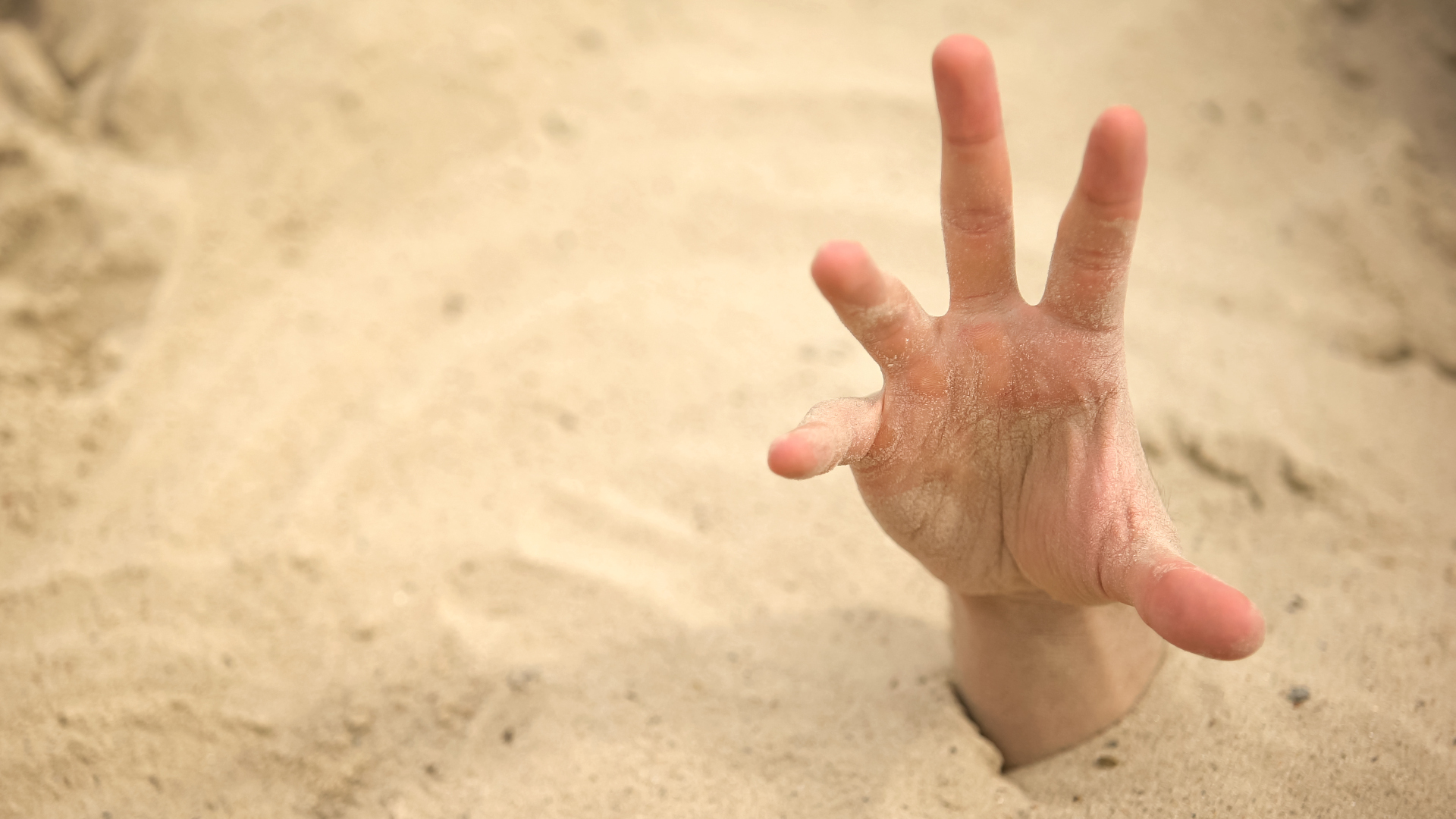
If you grew up watching television in the 1970s and 1980s, you have almost definitely had the “how to escape quicksand” conversation at some point. After all, how many times did you see your on-screen hero narrowly avoid being unwittingly sucked into the earth by some benign-looking bog? For decades, this omnipotent threat pervaded our favorite shows and left us afraid to wander off the hiking trail for fear of instant death.
Then one day, quicksand just disappeared from TV and movies, only to be replaced by smoke monsters and snakes on a plane, leaving many of us to wonder if knowing how to escape quicksand is as necessary a survival skill as we were led to believe in our youth. Or are you more likely to just lose one of your favorite hiking boots? In this article, we answer the questions that haunted your childhood nightmares and describe some real life survival tactics in case you do actually encounter quicksand.
Is quicksand real?
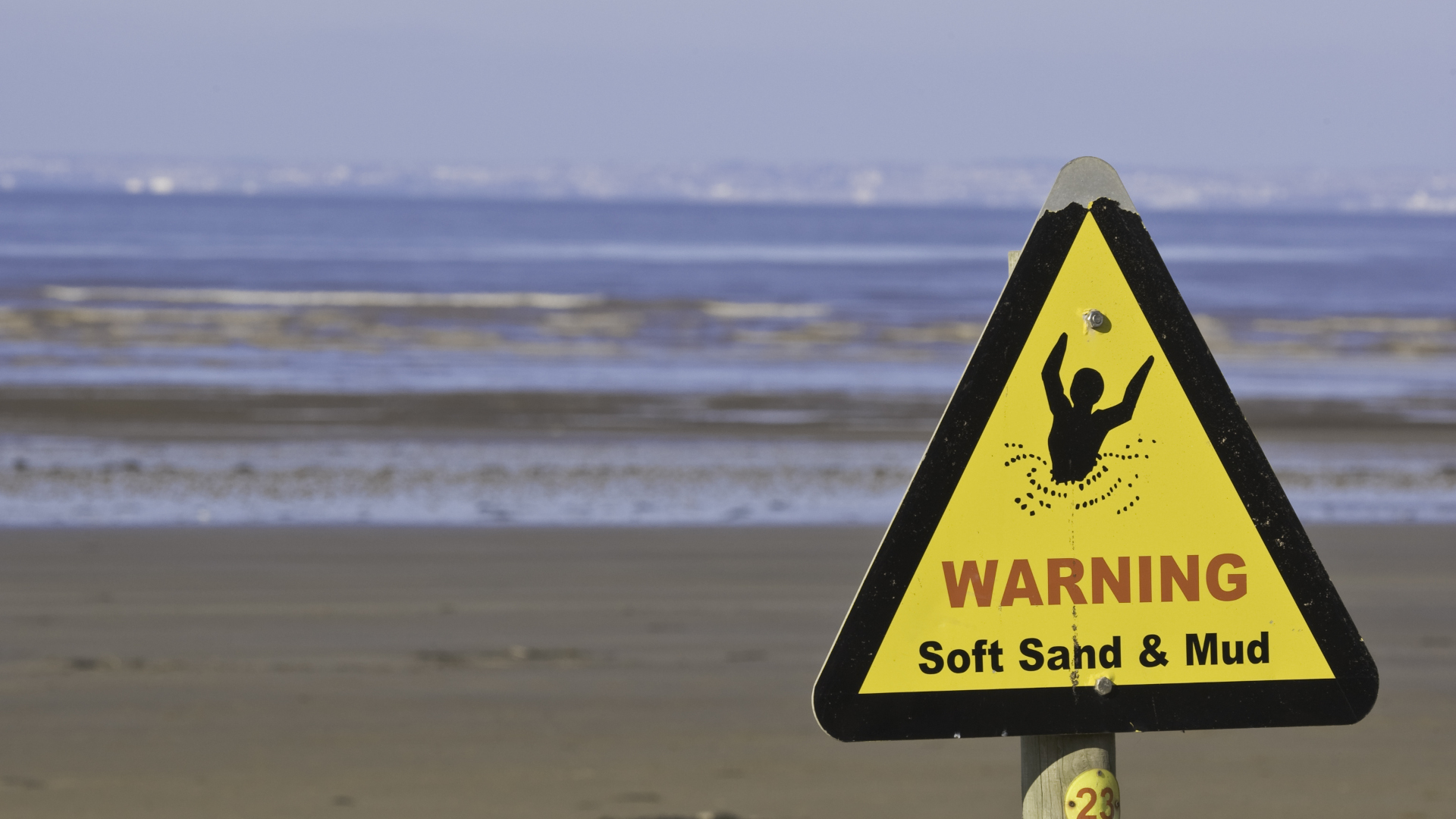
Quicksand is real and while it used to be thought of as a special type of sand, it’s actually just any sand that is saturated with water. This makes it behave as a liquid which means it loses its supporting capacity. Quicksand is usually found near tidal flats like river deltas, along streams or on beaches where water pools have filled with sand.
What happens if you get stuck in quicksand?
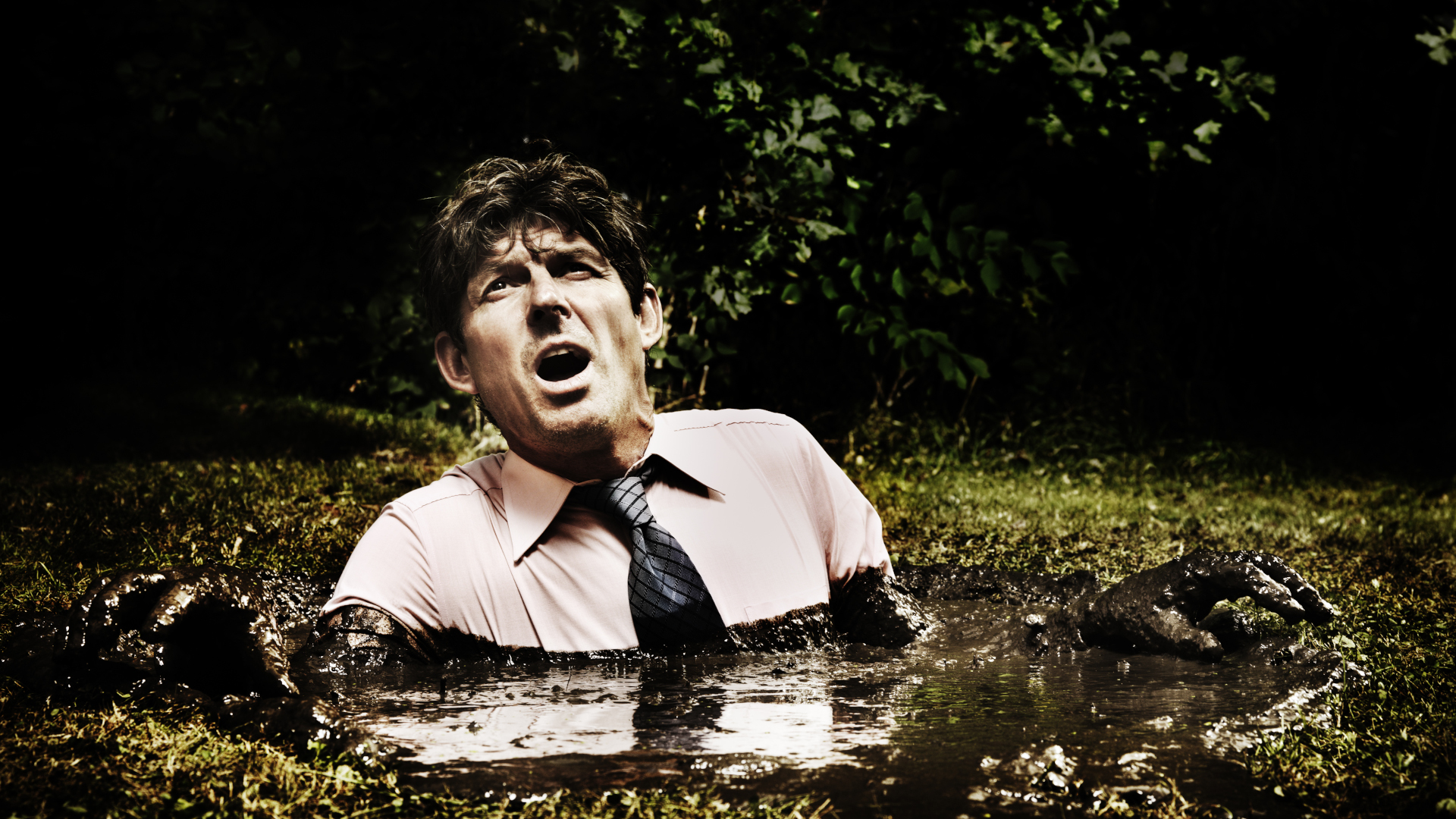
We all have an image in our minds of what happens if you get stuck in quicksand. You’re probably walking through the jungle and take one misstep. First, you can’t pull your foot out. The harder you try, the deeper you sink in. Before you know it, you’re neck deep and reaching in vain for the elusive tendril of a banyan tree. Seconds later, bubbles at the surface of the quicksand are the only evidence that you were ever here.
The reality is that while you can get stuck in quicksand, your whole body won’t actually sink to the bottom of it. In fact, a 2005 article in the journal Nature found that it’s impossible for a human body to sink completely into quicksand. Quicksand is denser than your body is, which means you’ll mostly float on the surface. Your legs are denser than your upper body which contains your air-filled lungs, so they may sink, but your upper half will stay afloat.
Is quicksand dangerous?
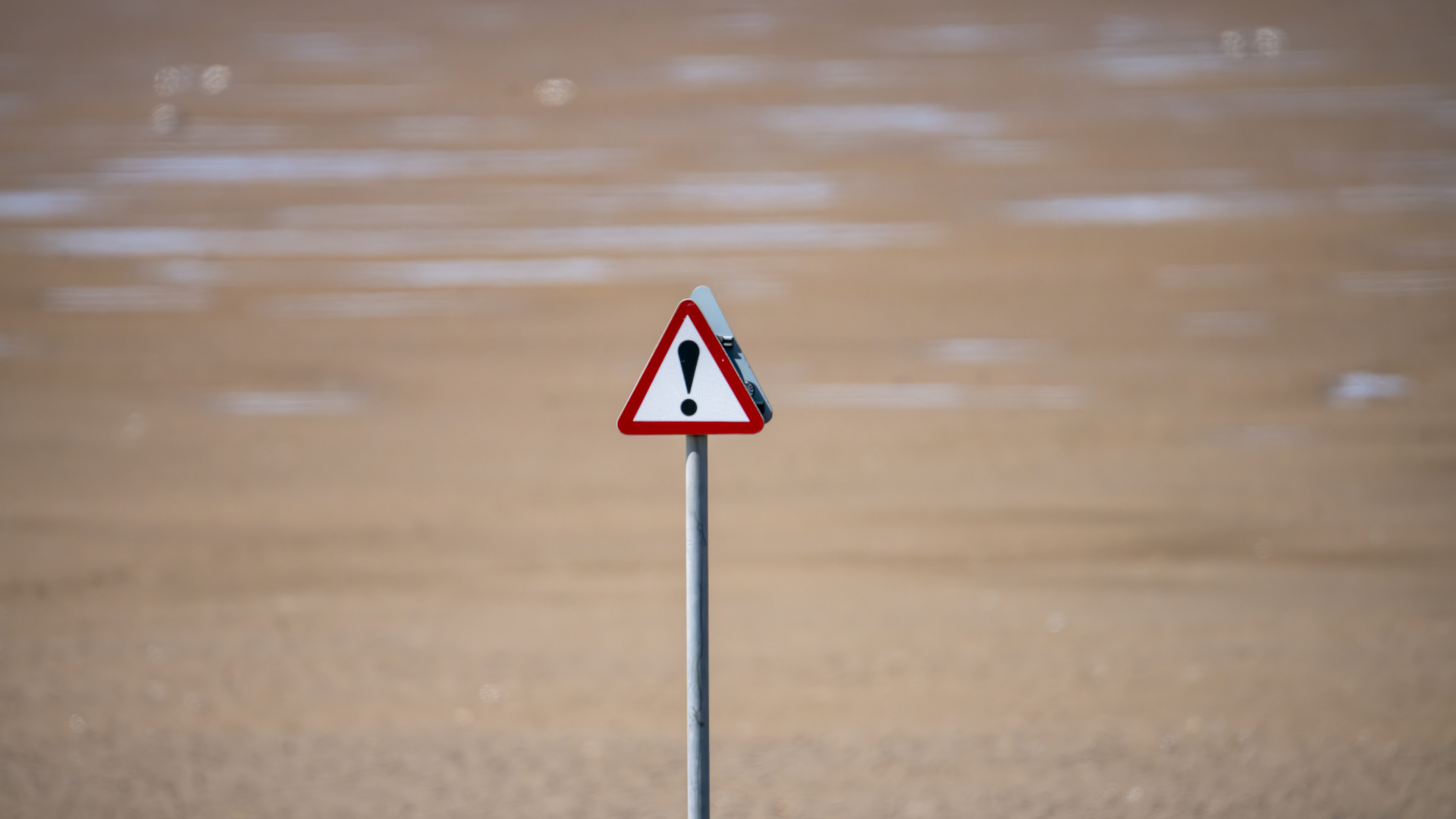
There are some dangers associated with quicksand, but they’re not really of the instant drowning variety. If you were to get stuck in quicksand near a tidal body of water, you could be at risk for drowning and this has been the cause of some unfortunate deaths. Meanwhile, quicksand can cause structures like bridges and buildings to collapse and that of course can inflict harm. But in terms of being out on a hiking trail, you’re more likely to lose some precious time or a hiking pole. Sad, certainly, but not catastrophic.
How to escape quicksand
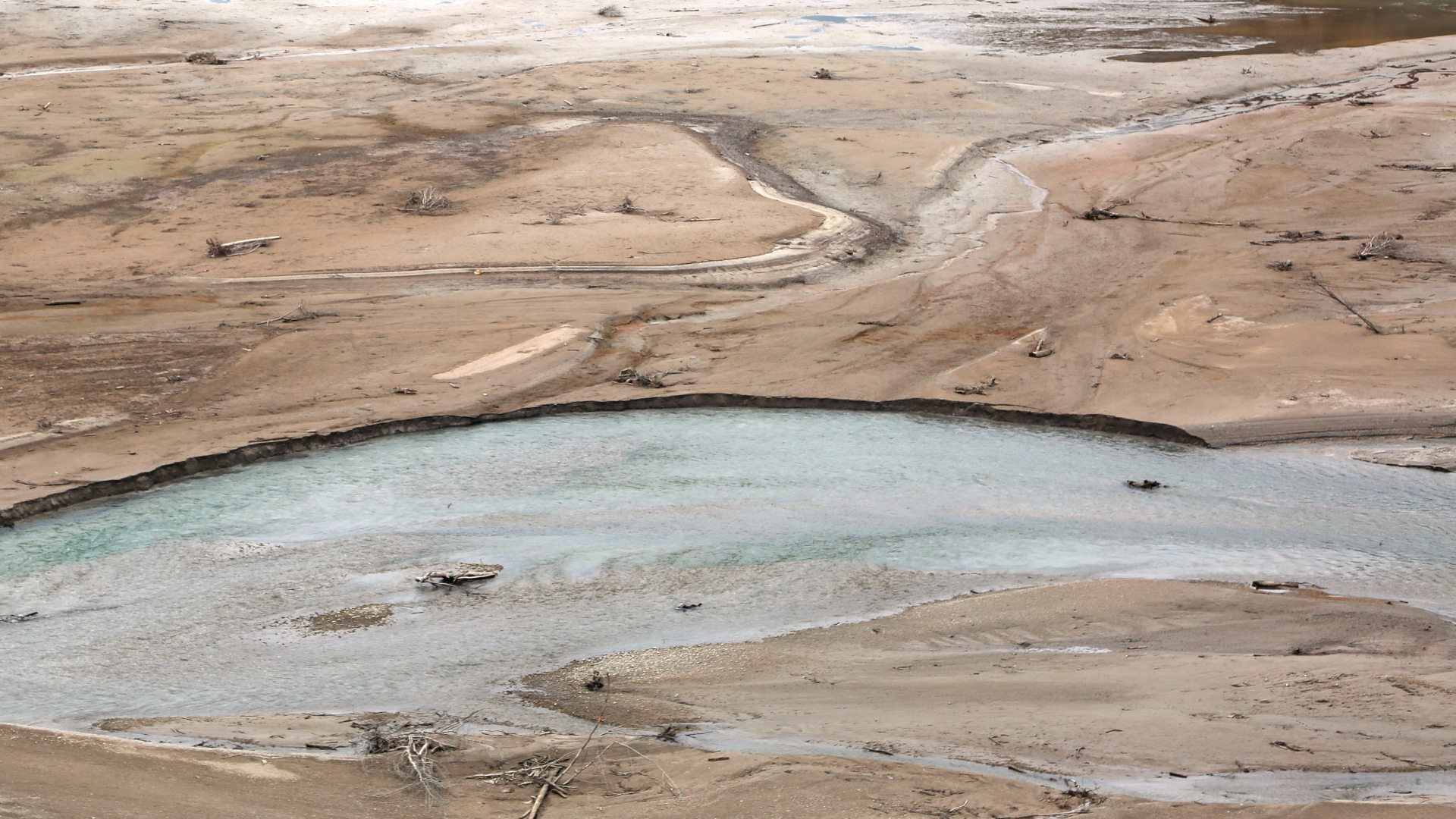
While quicksand may not suck you down you the way we’ve always thought, it is definitely hard to get out of. Lore always told us that struggling in quicksand only makes it claim you faster, and while we can’t find any scientific evidence of this, it probably does tire you out and certainly doesn’t help you get out quicker. Somewhere in the 1990s there was a popular theory that you should try swimming in it, though again, there’s no great research to back this idea up and it seems more likely your head could go under in most swimming positions you’re likely to try. Instead, here are some tips for how to escape quicksand:
Advnture Newsletter
All the latest inspiration, tips and guides to help you plan your next Advnture!
1. Avoid it
Avoid hiking in a sandy, tidal area after a big rainstorm. If you are hiking in such an area, avoid sandy terrain that’s rippled or has water bubbling up to the surface. If you’re not sure, check the ground in front of you with your walking pole before taking the next step.
2. Drop some weight
If you step into quicksand and are wearing a backpack, take it off quickly and toss it onto firm ground. The lighter you are, the easier it is to extract yourself.
3. Back out
Straight away, see if you can just take a few steps backwards to get out of it. You probably will be able to get back to firm ground and if you lose a boot, you can deal with that in a moment. Be careful not to topple over.
4. Lean back and float
If you can’t backpedal, the best way to escape quicksand is to do something you probably don’t want to do: lean back into it. This helps to distribute your body weight over a great area and allows you to slowly free your legs. Remember, your torso won’t sink, but do keep your head up above the surface. Try moving your legs in a slow rocking movement to help water circulate around them which allows you to free them. Despite its name, this will actually take some time – possibly hours – and require some patience. Never try to float on your belly as that increases the risk of your face and head going into the water.
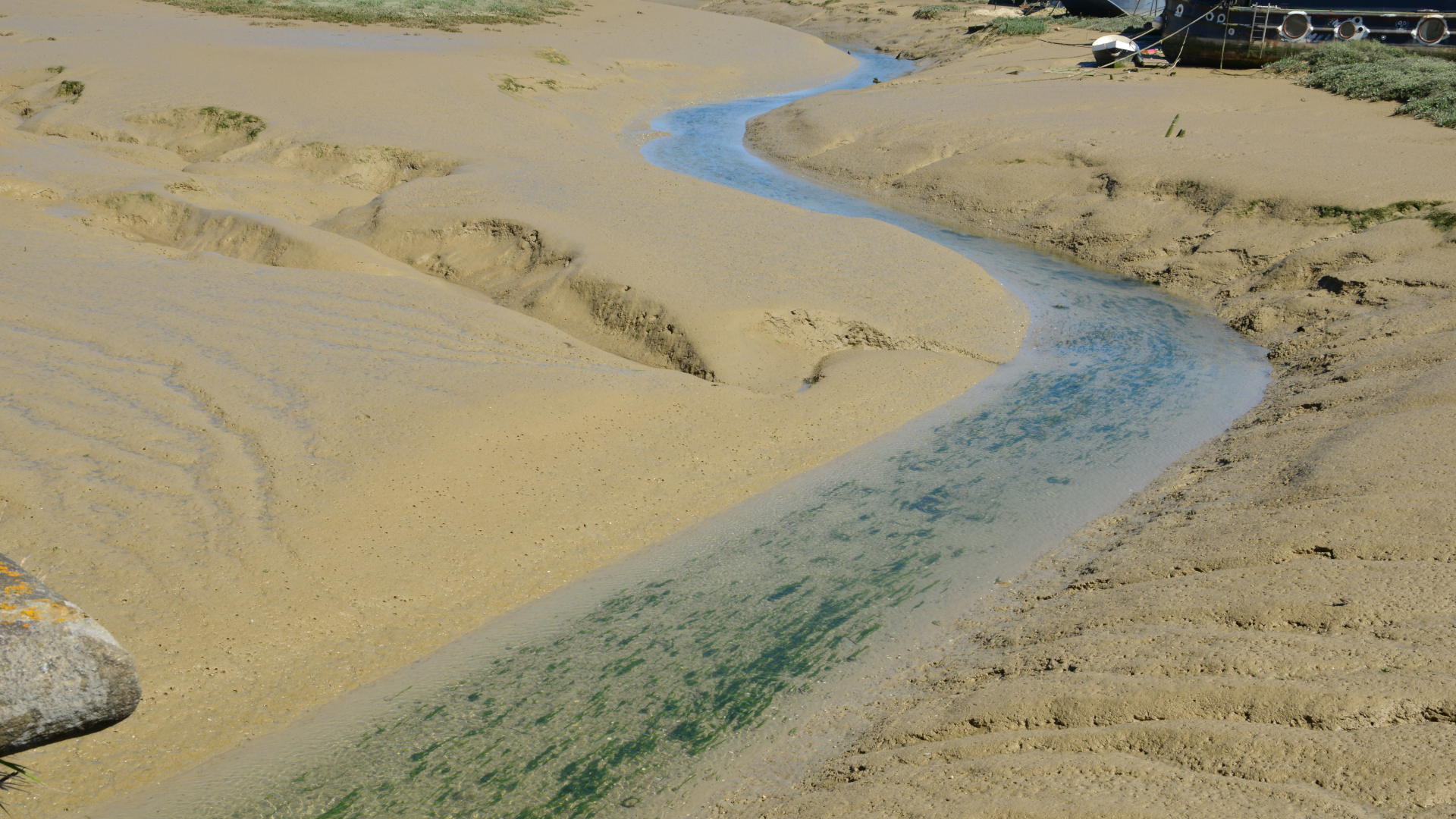
5. Carefully climb out
Once your legs have floated up to the surface, keep them there and you may be able roll to awkwardly your side out of the quicksand if the ground next to you is firm. Otherwise, stay on your back and use your arms to make a gentle swimming motion to pull yourself back or sideways to firm ground. Use any tools at your disposal like hiking poles, reeds or tree limbs here to help pull yourself to safety.
6. Don’t panic
There’s never really been any survival situation that’s benefited from panic. After all, when your Stress Response is triggered, your amygdala is deactivated and that’s the part of your brain responsible for rational thinking. Panicking might cause you to struggle which will tire you out. Instead, practise deep breathing which has not only been shown to help counter stress, it will also fill your lungs and help you stay buoyant.
Julia Clarke is a staff writer for Advnture.com and the author of the book Restorative Yoga for Beginners. She loves to explore mountains on foot, bike, skis and belay and then recover on the the yoga mat. Julia graduated with a degree in journalism in 2004 and spent eight years working as a radio presenter in Kansas City, Vermont, Boston and New York City before discovering the joys of the Rocky Mountains. She then detoured west to Colorado and enjoyed 11 years teaching yoga in Vail before returning to her hometown of Glasgow, Scotland in 2020 to focus on family and writing.

